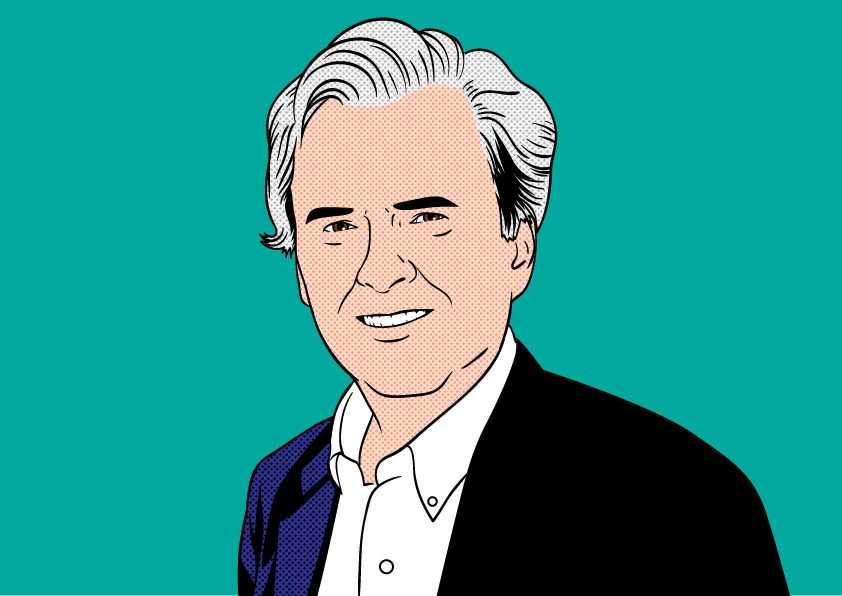CU 2.0 Episode 94 Nabil Hannan on Cybersecurity, Remote Workers, Mergers and Your Credit Union
Cybersecurity starts with you.
“It’s about people,” said Nabil Hannan, managing director at cybersecurity firm NetSPI when asked when cybersecurity goes right and when it goes wrong. He added in this podcast that Covid-19 and credit union responses have triggered their own cybersecurity issues that are very particular to today.
But they also need timely responses to thwart hackers.
Case in point: some workers are instructed to take their desktop computer home to work. Question: does that box have full disk encryption set up? Many office computers do not. But what if it is stolen from the home?
Maybe even worse, some organizations sent workers home with older machines running old versions of Windows – including XP – and the bad news is that hackers already have bots scouring the net looking for XP machines because there are readily available hacking scripts that effectively automate an attack. No computer skill is needed by the hacker who has found an XP machine.
Hannan also has worked on cybersecurity issues that arise when two institutions merge – something many experts believe will happen with accelerated frequency among credit unions dealing with the fallout of the Covid-19 impacts on the economy.
In one case he worked for 2-1/2 to 3 years sorting out cybersecurity issues that arose when two large financial institutions merged.
Two credit unions probably won’t have that much complexity. But even a merger of small credit unions raises cybersecurity complexities because generally the two institutions will have divergent approaches and a common ground has to be found and implemented. ASAP. Because hackers hunt for gaps and exploit the ones they find.
A bottomline problem: too many credit unions see cybersecurity as a cost. Period. It does cost. That’s a fact. But think of the enormous costs of a security failure. What hurts more?
Don’t think this is a techie podcast. It’s not. It’s an enjoyable – intelligent – look a what a credit union executive needs to know about cybersecurity in today’s Covid-19 world. It’s not just for propellerheads. It’s news you need to know.
Listen up.
Fyi: Hannan has his own podcast, Agent of Influence. Hear it here.
Like what you are hearing? Find out how you can help sponsor this podcast here. Very affordable sponsorship packages are available. Email rjmcgarvey@gmail.comFind out more about CU2.0 and the digital transformation of credit unions here. It’s a journey every credit union needs to take. Pronto

